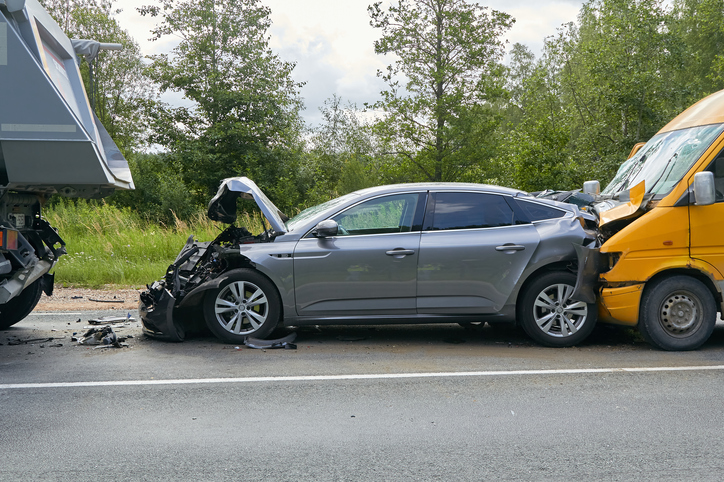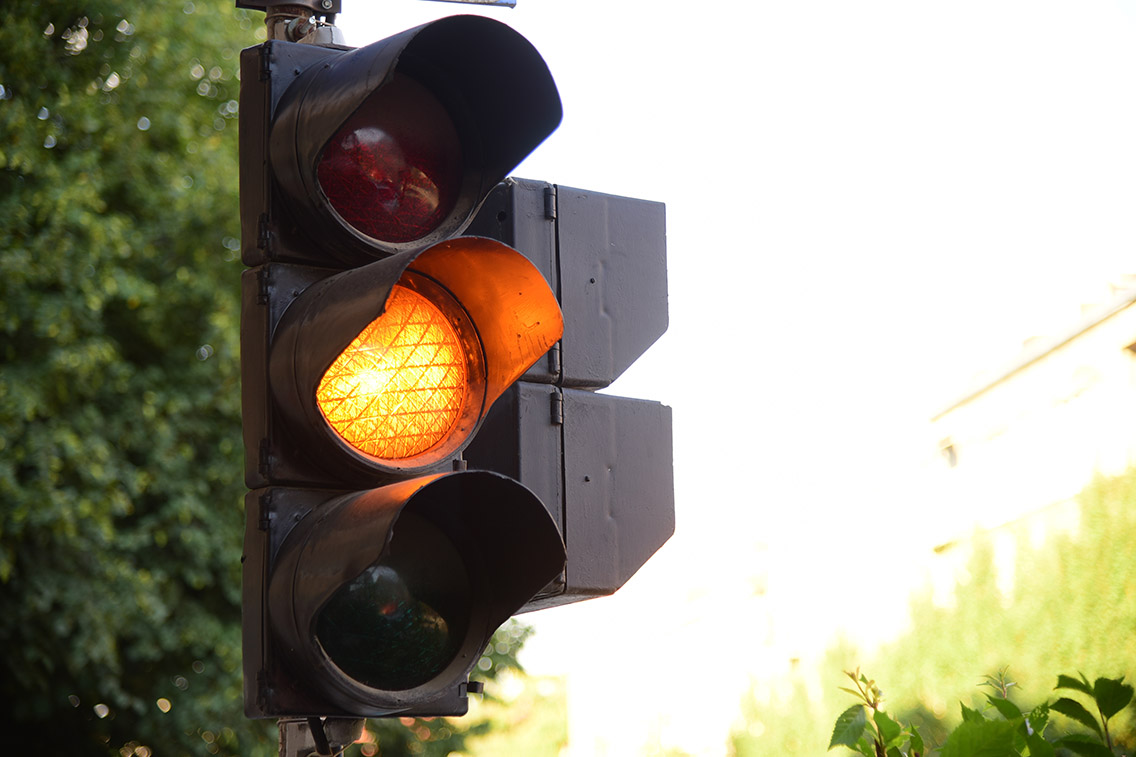- WE’RE HERE TO HELP 24/7
- 800.586.5555
How Are Yellow Light Accidents Handled in Florida?

Verdicts & Settlements: $800,000 Recovered for Clients in South Florida Four-Car Pileup
February 18, 2022
The 2022 Atlantic Hurricane Season is Less Than 100 Days Away, Start Preparing Now
February 23, 2022How Are Yellow Light Accidents Handled in Florida?

Yellow lights play an important role in vehicular traffic flow management and road safety, but they also lead to more potentially dangerous scenarios than many other modern traffic control tools.
Are there any veteran drivers who have never sped up to make it through a yellow light? Or any drivers who haven’t at some point misjudged how long a yellow light might be and end up entering the intersection right as the light turns red?
These aren’t always the actions of extraordinarily negligent individuals – it’s often simply a matter of bad luck or unfamiliarity with signal length. Unfortunately, those seemingly innocent mistakes can lead to serious injuries or fatality accidents.
Recent statistics show that Florida is among the top 10 states in population density. This means that whether you’re a tourist, a snowbird or a full-time resident of the Sunshine State, you’ll likely experience heavy traffic and witness many accidents as you drive on Florida roads, whether you’re in Miami, Tampa, Orlando or any of our hundreds of smaller towns.
According to Florida Highway Safety and Motor Vehicles, there were around 933 vehicle accidents per day in 2020. Many of those accidents were caused by improper turns and drivers disregarding yellow and red light rules.
If you’ve been a victim of a yellow light accident, you may be entitled to financial compensation for the physical injuries, property damage and lost wages you were forced to endure.
What Does a Yellow Light Mean?
Contrary to popular practice, a steady yellow light doesn’t mean you should step on the gas pedal and try to cross an intersection before the light turns red. A yellow light warns you that it’s about to turn red and you’ll have to stop for other drivers and pedestrians until it’s your turn to drive again.
You should always practice good judgment when approaching an intersection with a steady yellow light. If you feel you may not have enough time to make a left turn or get through the intersection before the light changes, it’s safer to wait than risk running a red light and potentially causing an accident.
What Are the Most Common Causes of Yellow Light Accidents in Florida?
Although every accident is different, there are some common causes that lead to yellow light accidents:
- Speeding: In an attempt to race against time, many drivers tend to speed up when approaching a yellow light. This can result in dangerous T-bone collisions.
- Turning left at the last minute: Drivers hesitating to make a left turn can misjudge the time they have before the light turns red and crash into oncoming traffic. What’s worse, not only can they underestimate the speed of the oncoming driver, but they can also hit pedestrians trying to cross the street, which may cause serious or even fatal injuries.
- Rear-end collisions: Drivers who decide to stop at a yellow light or slow down before making a right turn can end up getting rear-ended by the driver behind them. Typically, this happens due to the inattentiveness of the following driver.
Who’s Liable for a Yellow Light Accident?
Typically, drivers attempting to turn left at a yellow light are at fault for the accident. If you’ve tried to make a left turn during a yellow light and caused an accident by miscalculating the distance between you and the oncoming driver, chances are good you’ll be liable for the injuries and damages. Left turn drivers are required to yield to oncoming traffic.
There are also cases where both parties will share responsibility for the accident. For example, both drivers might share liability if the oncoming driver was speeding when the accident occurred.
What Should You Do If You’ve Been Injured in a Yellow Light Accident?
Time won’t be on your side, so make sure to act fast and take the following steps to increase your chances of compensation:
- If anyone is injured or traffic is disrupted, you should call police
- Document the scene of the accident by taking pictures and video of your vehicle, the crash scene and any bodily injuries
- Exchange contact information with the other driver and report the accident to your insurance company
- Visit an accident doctor to have injuries documented and begin treatment
- Write down your account of events in a journal and gather all necessary documents, including medical records, proof of lost wages, etc.
- Consider seeking legal advice if you’re getting pushback from the insurance company on your car crash claim
